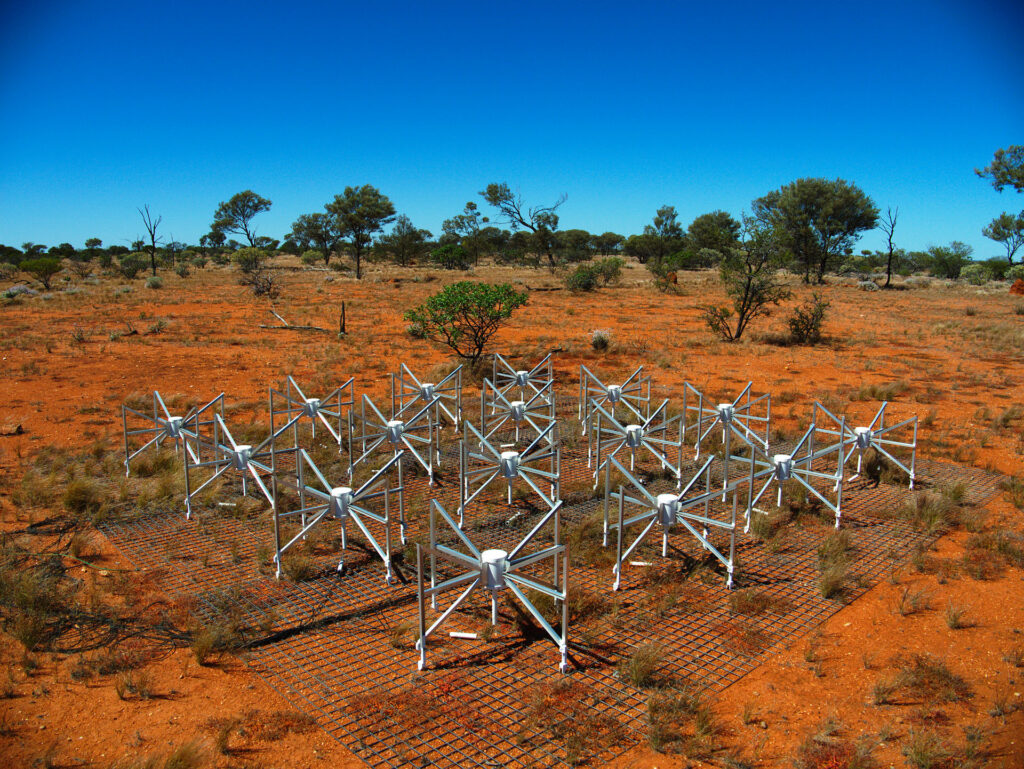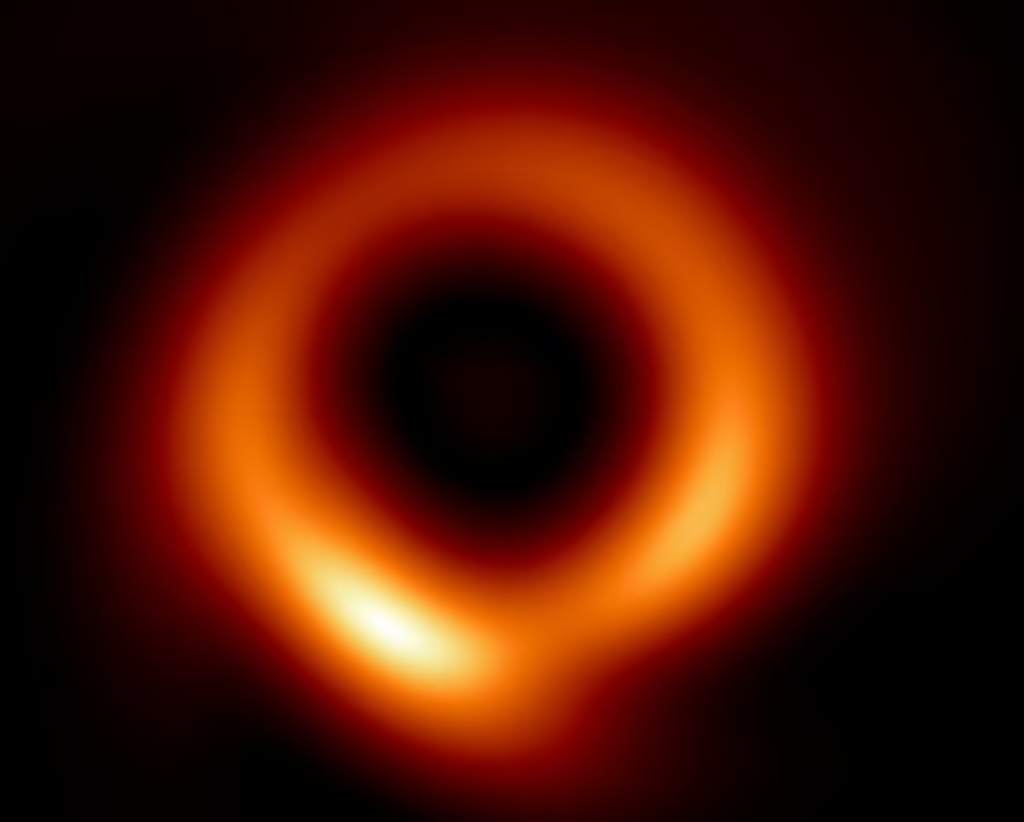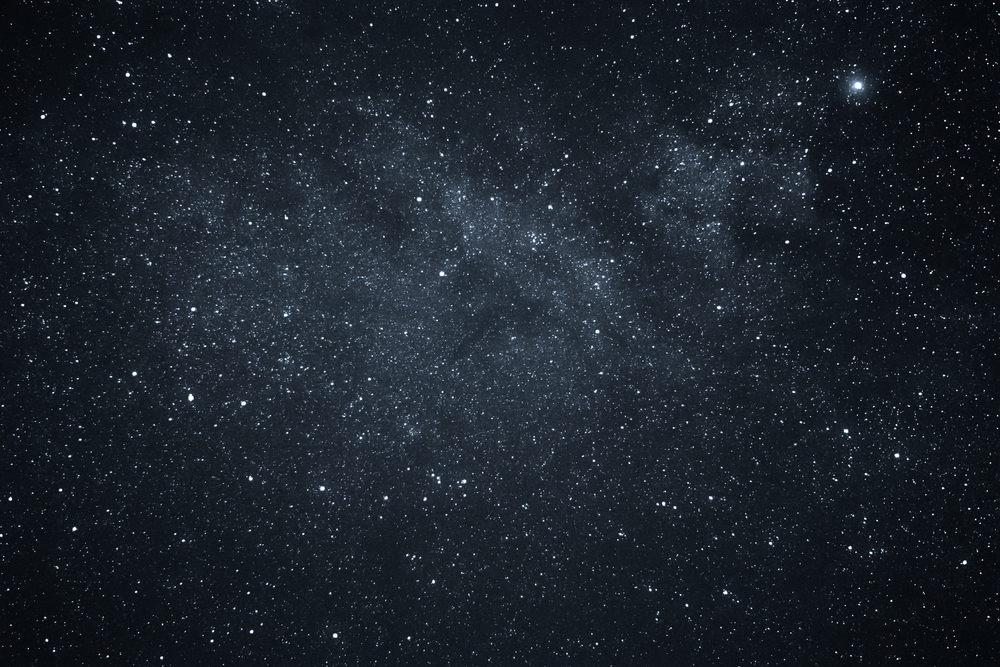In ancient Babylonia, star-gazers meticulously chronicled the night sky, carving their observations in tablets to note the subtlest celestial movements.
Their observations, alongside other ancient civilizations, laid the foundation for luminaries like Johannes Kepler, who used Tycho Brahe’s data to unveil the elliptical orbits of planets long before we had the tools to observe such phenomena with our own eyes.
Today, humanity is no less eager to decode the intricacies of the cosmos, and AI has become a partner in our quest for answers.
Glass lenses to gigabytes
Invented in the early 17th century, the telescope provided astronomers with a window to the cosmos.
For the first time, human eyes could pierce beyond the atmosphere.
In addition to directly observing celestial objects through telescopes, humanity became adept at calculating the interactions between orbits, eventually leading French astronomer Urbain Le Verrier to predict Neptune’s existence from Uranus’s orbit before it was confirmed in 1846.
Mathematics and astronomy have been intimately linked for thousands of years, and it’s those calculations that AI excels with.
The Kepler Space Telescope’s launch in 2009 marked a new era of extrasolar exploration. Tasked with identifying exoplanets – planets that lay outside of our solar system – by monitoring the brightness of more than 150,000 stars, Kepler relayed a colossal volume of data back to Earth.
Though over 2,600 exoplanets were confirmed during its mission, researchers are still analyzing the data today.
In 2021, over 10 years since the telescope was launched, NASA announced that an AI model had helped researchers add 301 newly validated exoplanets to the total collection of 4,569.
The model, a deep neural network named ExoMiner, could robustly validate these proposed exoplanets – a feat that would otherwise require lengthy manual analysis.
Hamed Valizadegan, the ExoMiner project lead, stated, “When ExoMiner says something is a planet, you can be sure it’s a planet. ExoMiner is highly accurate and in some ways more reliable than both existing machine classifiers and the human experts it’s meant to emulate because of the biases that come with human labeling.”
Universal origins
The Western Australian outback is home to the Murchison Widefield Array (MWA).
Unlike traditional telescopes, the MWA is a radio telescope listening to the universe’s early radio waves.

By capturing radio signals from space, the MWA provides glimpses into the universe’s state nearly 13 billion years ago. This isn’t without challenges, as modern-day radio interference threatens to drown out the universe’s ancient utterings.
Utilizing AI, researchers can filter and differentiate between radio noise and the universe’s primordial whispers, enabling more precise analysis.
Visualizing celestial objects
The Event Horizon Telescope (EHT) project, which captured the first image of a black hole, relied on AI processing to convert its observations into something clear and coherent.
The EHT strings together multiple telescopes from around the world to create a singular mega-telescope.
Using the combined forces of multiple telescope arrays, the EHT could observe the supermassive black hole at the center of the milky way.
Rendering these observations into an accurate image requires machine learning (ML) to compute the most likely shape and form from the available data.
The ML model, PRIMO, analyzed the features of 30,000 simulated black holes to generate the widely-circulated image below.

The black hole is an estimated 6.5 billion times the mass of the Sun.
AI uncovers ‘potentially hazardous’ asteroid
We hear a lot about AI’s risks, but what if it saved us from a deadly asteroid?
Researchers at the forthcoming Vera Rubin Observatory in Northern Chile AI model recently discovered a potentially hazardous asteroid using AI.
The Vera Rubin Observatory in Northern Chile, still under construction, is set to become the most powerful digital camera used for astronomical photography,
HelioLinc3D, the AI program responsible for this discovery, was designed to support the Vera C. Rubin Observatory’s efforts to detect asteroids. The model was deployed in a test run at the ATLAS observatory in Hawaii.
The AI unveiled an asteroid approximately 600 feet wide (180 meters), named 2022 SF289.
This celestial object, predicted to be around 182m (600 ft wide), is anticipated to come as close as 140,000 miles (225,000 kilometers) to Earth.
When considering the moon’s average distance from Earth is around 238,855 miles (384,400 km) – this is closer than the raw figures seem to suggest – designating it as a Potentially Hazardous Asteroid (PHA). Rest assured – it’s not expected to hit us.
HelioLinc3D is much quicker and more efficient at detecting potentially hazardous asteroids than current methods.
Traditionally, this requires capturing images of specific sky segments multiple times a night, whereas HelioLinc3D requires fewer observations and works well with faint objects.
Telescopes often pick up a dense scatter of useless noise when observing faint objects, making detecting genuine asteroids exceptionally challenging.
Larry Denneau, lead ATLAS astronomer, highlighted the implications of this discovery: “Any survey will have difficulty discovering objects like 2022 SF289 that are near its sensitivity limit, but HelioLinc3D shows that it is possible to recover these faint objects as long as they are visible over several nights. This in effect gives us a ‘bigger, better’ telescope.”
Rubin scientist and HelioLinc3D team leader Mario Jurić said, “This is just a small taste of what to expect with the Rubin Observatory in less than two years when HelioLinc3D will be discovering an object like this every night.”
He added, “But more broadly, it’s a preview of the coming era of data-intensive astronomy. From HelioLinc3D to AI-assisted codes, the next decade of discovery will be a story of advancement in algorithms as much as in new, large, telescopes.”
Determining the age of stars with AI
AI is also assisting researchers in charting the universe’s history.
A recent model developed as an AI-enhanced version of an older project, EAGLES (Estimating Ages from Lithium Equivalent Widths), analyzes the presence of lithium in stars to estimate their age.
Historically, all stars begin life with a similar proportion of lithium. However, as they age, this lithium is depleted at varied rates due to factors such as their masses and associated temperatures.

The temperature of a star, which is indicative of its mass, plays a pivotal role in its lithium consumption.
In hotter stars, enhanced convection in the outer layers causes turbulence, sending lithium deeper into the star and fusing with protons to produce two helium nuclei. Consequently, lithium levels drop over time.
By observing a star’s lithium abundance alongside its temperature, astronomers can extrapolate its age.
Traditionally, determining a star’s age from its lithium involved assessing the strength of the lithium in spectrographic data and matching it to established stellar evolution models.
This process was not only arduous but also limited in scope. George Weaver of the UK’s Keele University remarked that this is “difficult to do and requires a lot of work.”
Weaver and astrophysicist Robin Jeffries from the University of Keele developed the EAGLES algorithm to streamline this process.
By training EAGLES on a dataset of 6,000 stars from 52 clusters observed by the Gaia mission, they developed a model capable of estimating a star’s wage with minimal manual work.
EAGLES will soon be employed for two extensive surveys: the WEAVE survey on the William Herschel Telescope in 2023 and the 4MOST survey on the VISTA telescope at the European Southern Observatory in 2024.
“These are two major spectroscopic surveys that will…take spectra of literally tens of millions of stars,” Jeffries stated.
One of the goals of the surveys is to chart the history of star-formation across various star populations in the galaxy.
Elon Musk’s xAI
We can’t leave Elon Musk out of an existential discussion encompassing the cosmos.
July saw Musk unveil his latest moonshot – xAI. This new mysterious AI startup intends to investigate pressing scientific concepts such as dark matter, dark energy, the Fermi Paradox, and the existence of aliens.
In Musk’s words, xAI will probe “fundamental questions” concerning “reality” and “the universe.”
Musk and his team held a Twitter Spaces discussion on xAI, and while intriguing, it didn’t clarify an awful lot about the startup’s strategy. As of August 2023, there’s no concrete information about what it intends to do and how.
Great summary https://t.co/s2QE9zuzp4
— xAI (@xai) July 15, 2023
Some speculate that xAI will build science and stat-oriented AI models to turbocharge research. It might take the form of a science-oriented AI ‘general agent’ that can perform virtually any of the above functions.
xAI could contribute its computing power to scientific researchers, alleviating some bottlenecks associated with deploying complex models in academic settings.
On the other hand, xAI may just culminate in another large language model (LLM), or perhaps it might not amount to much at all – though that would be disappointing given the caliber of the startup’s founding team.
If xAI does deliver a super-powerful AI model for research purposes, this might enable scientists to create specialist models for all sorts of applications in physics, astronomy, medicine, climatology, and other fields.
Despite its woes, AI equips humanity with the tools to explore new frontiers not thought possible until a few years ago.
This technology, still in its infancy, is revealing its potential to identify dangerous asteroids, exoplanets, and the ages of stars, enabling us to broaden our cosmic horizons and widen our knowledge of the universe.
All risks aside, using AI to explore the universe’s secrets is a tantalizing prospect.





